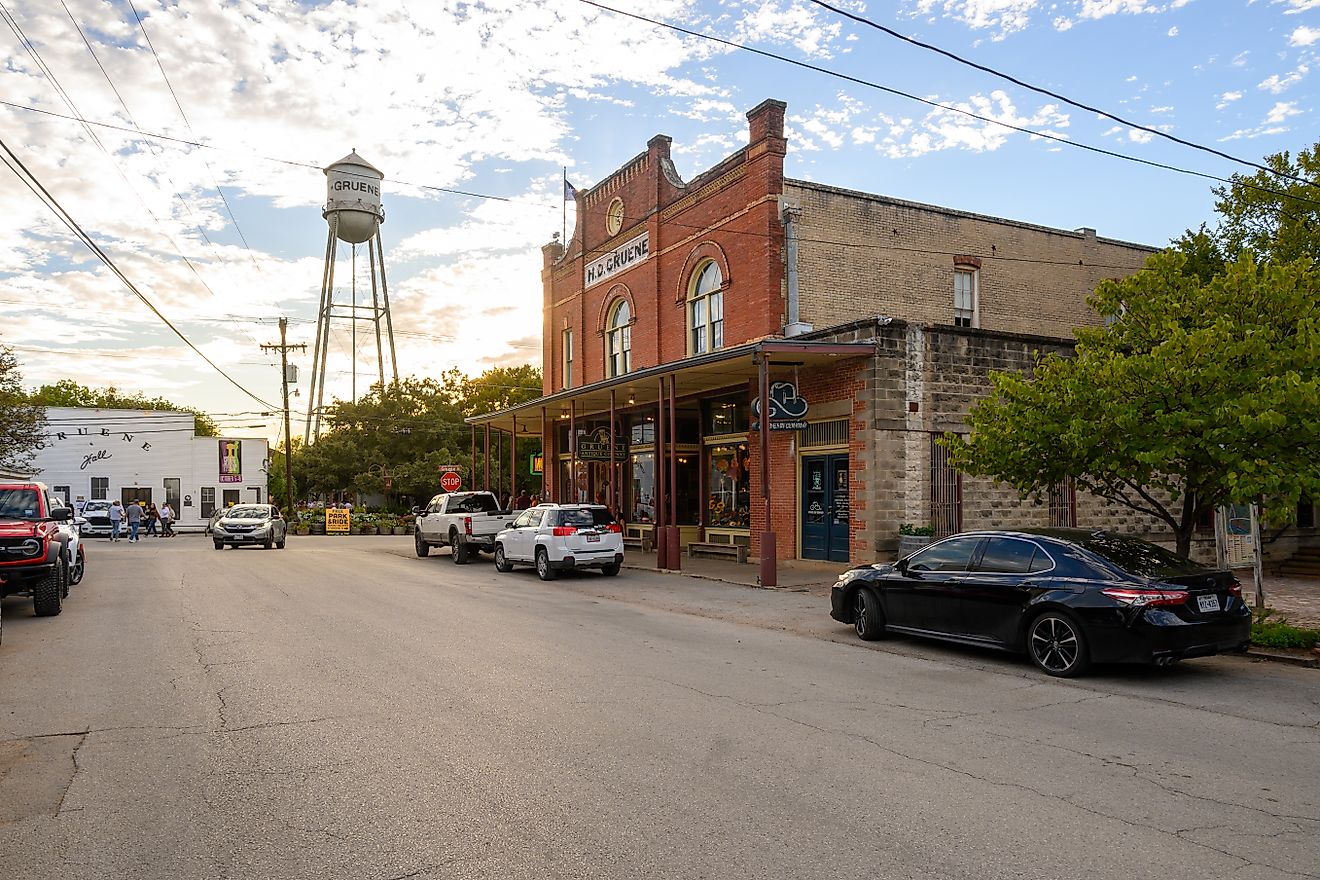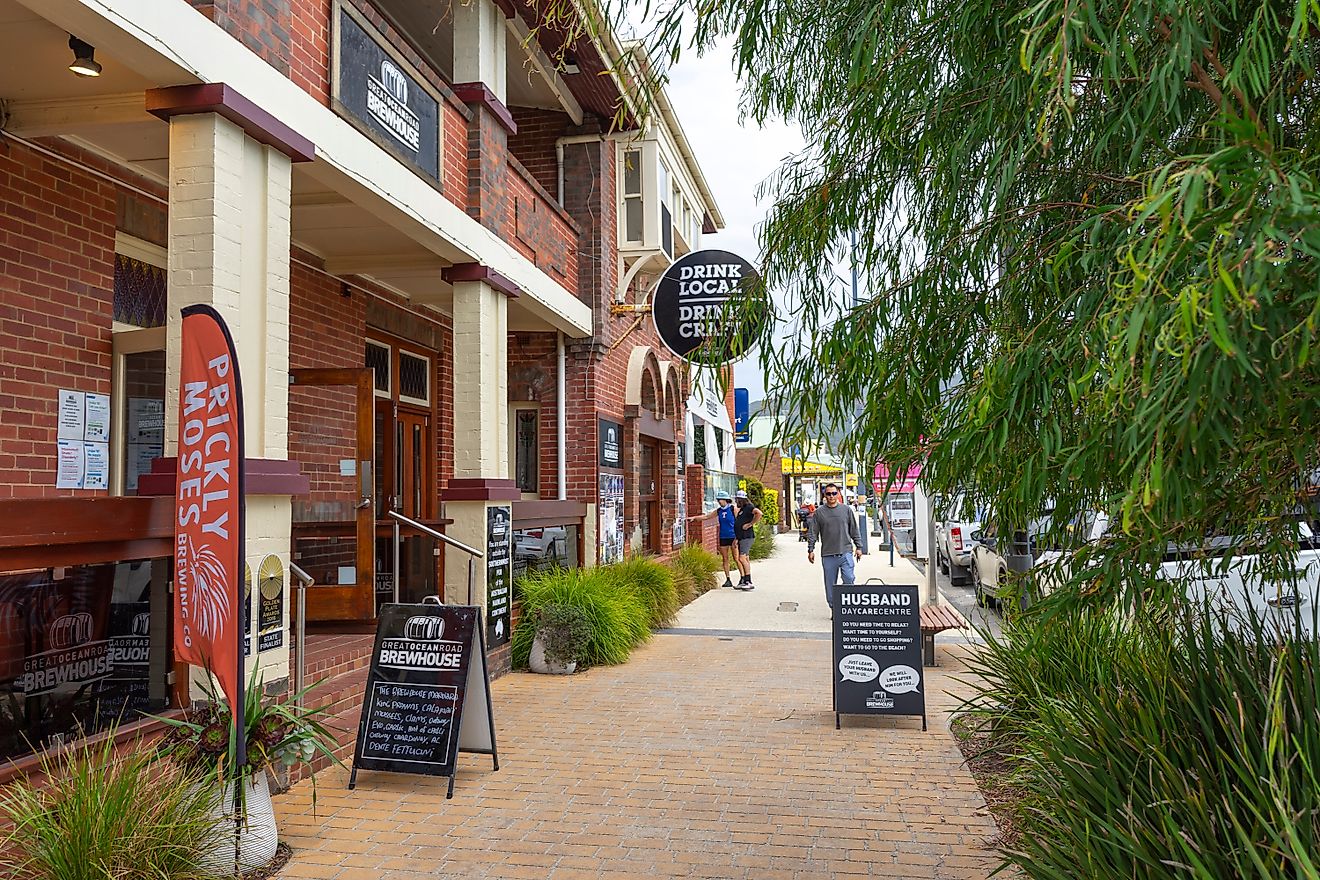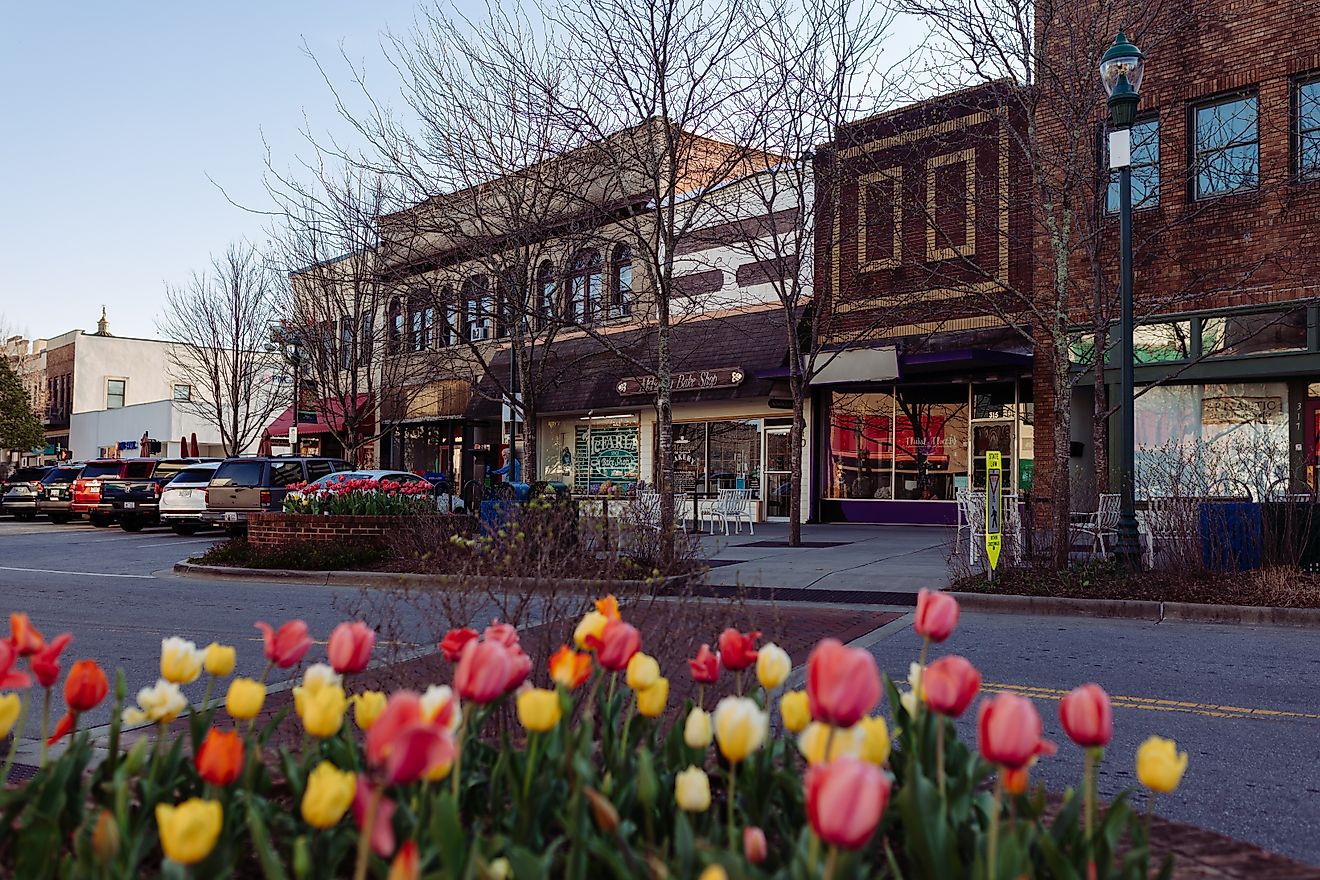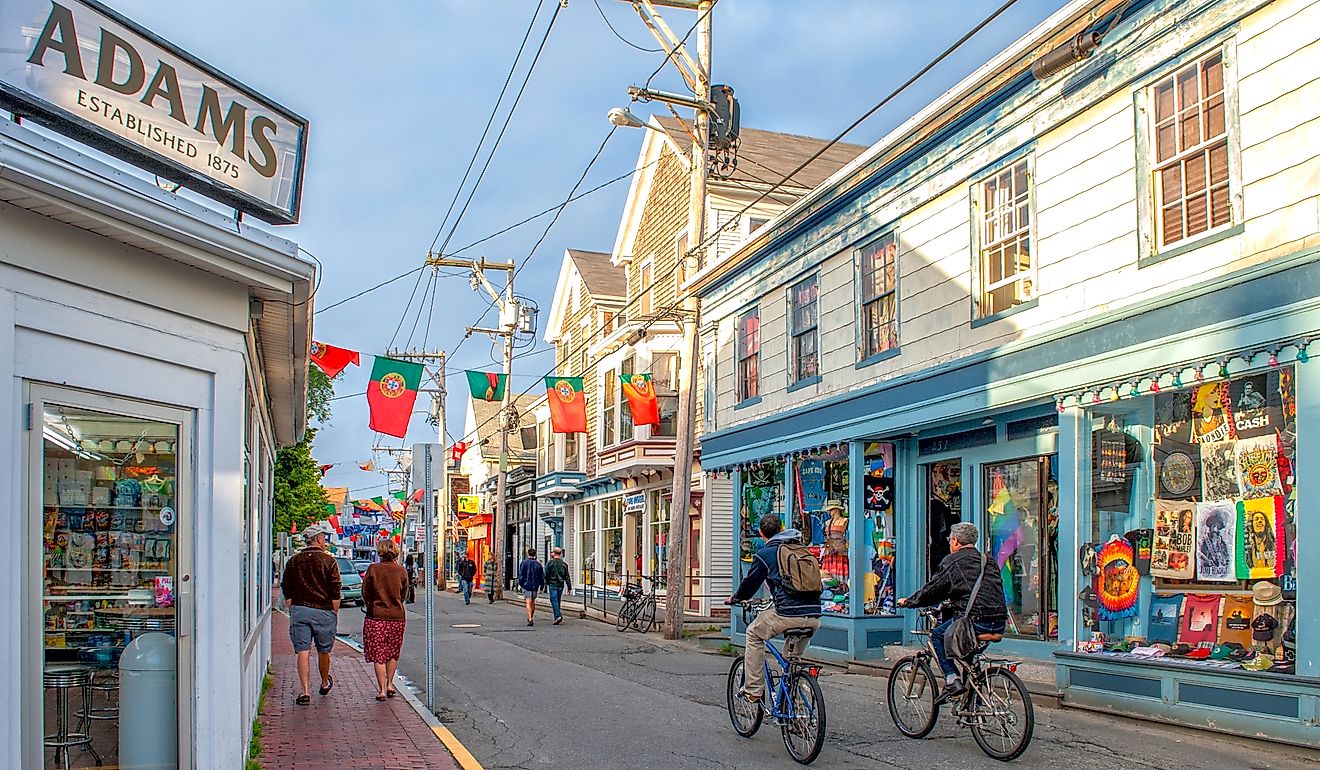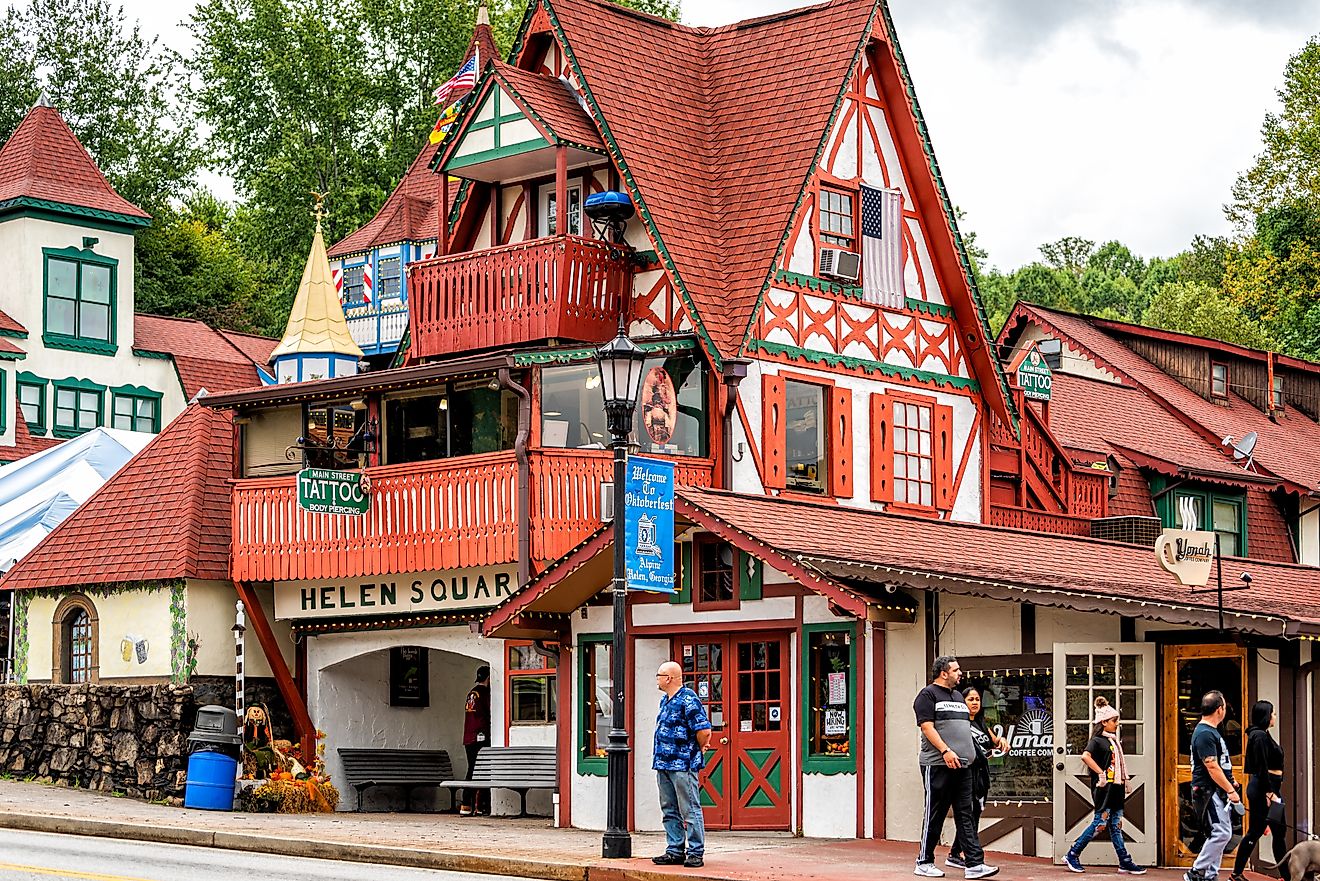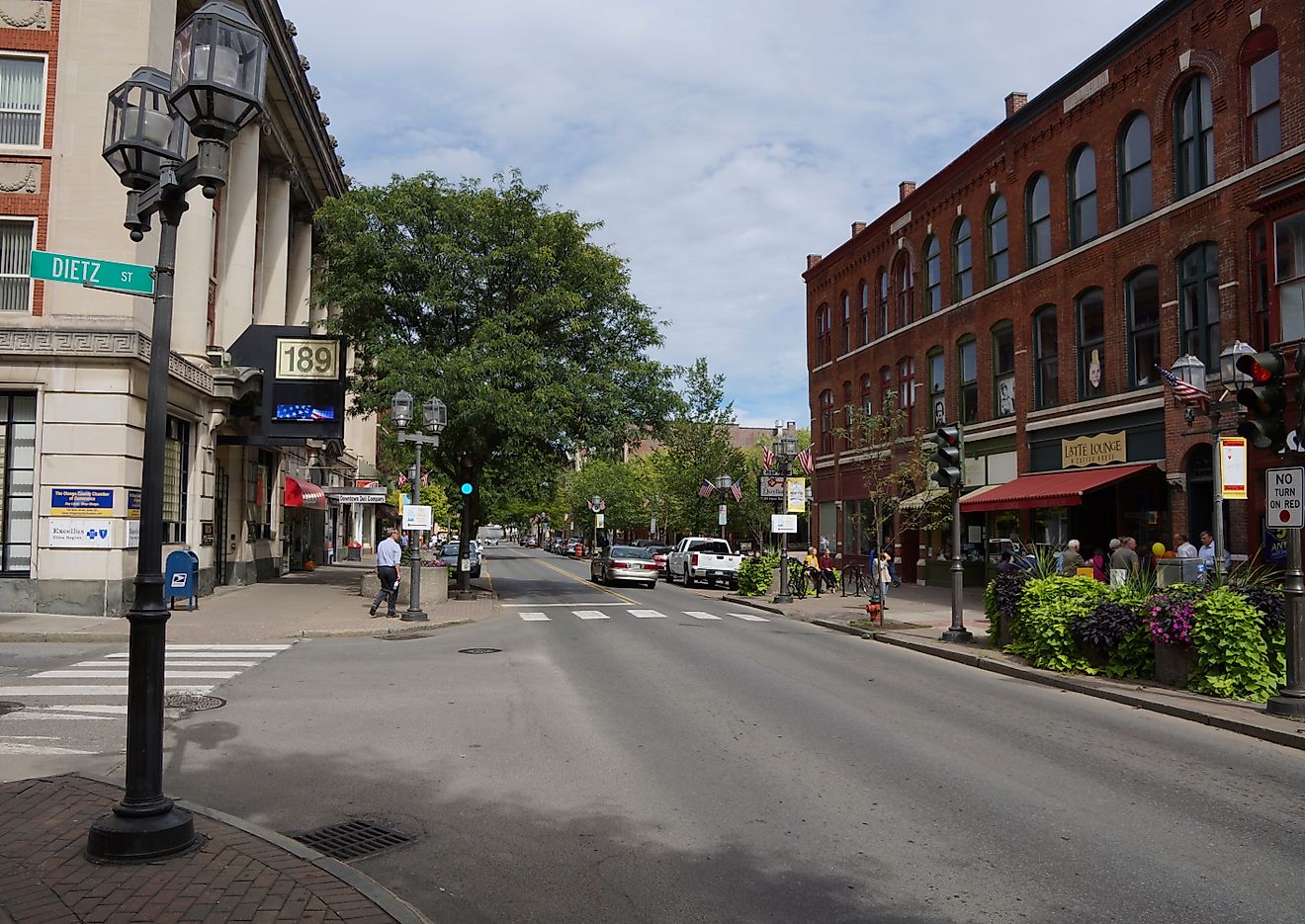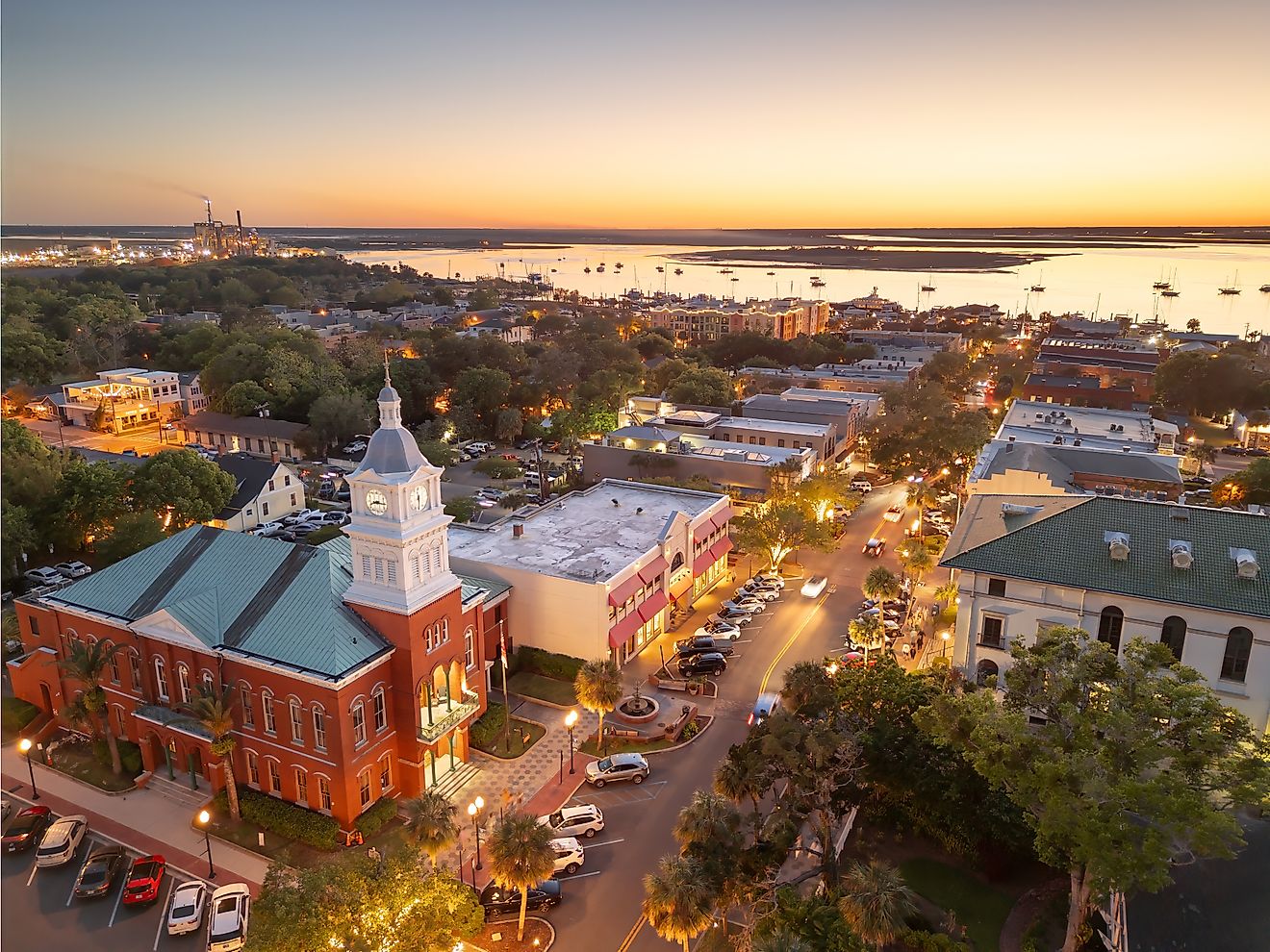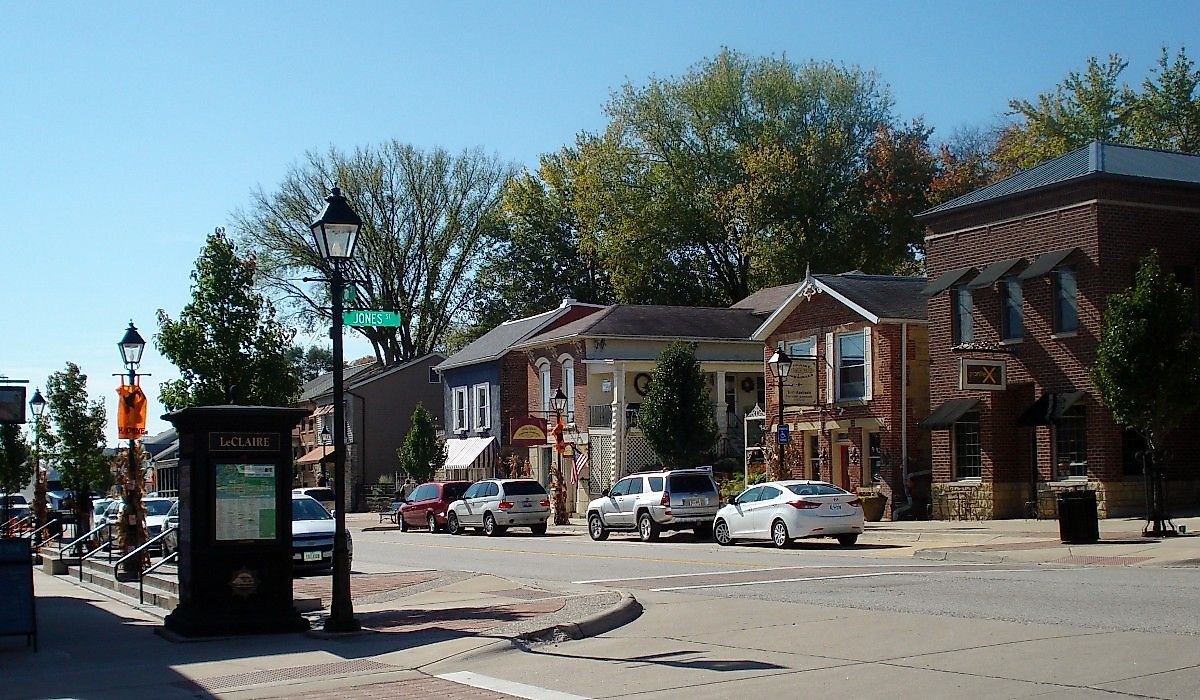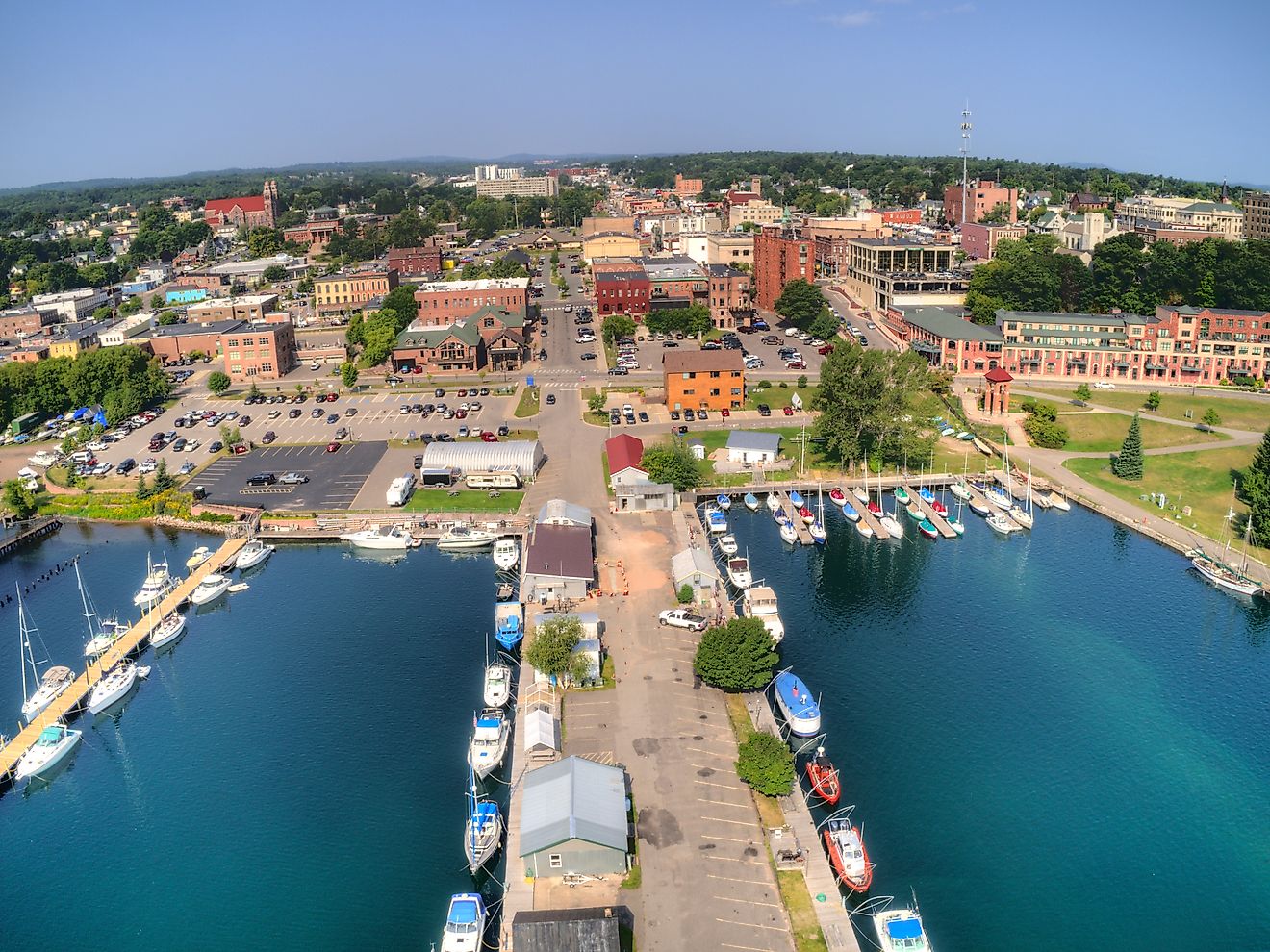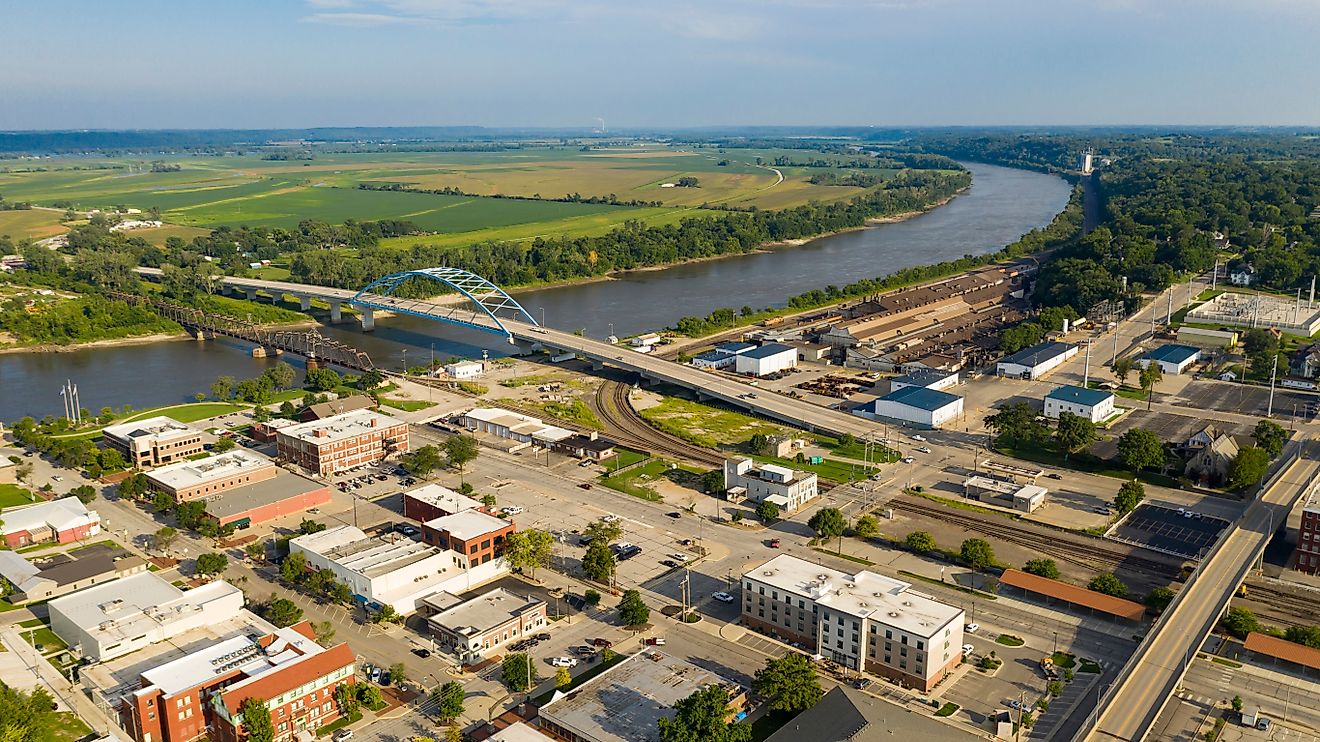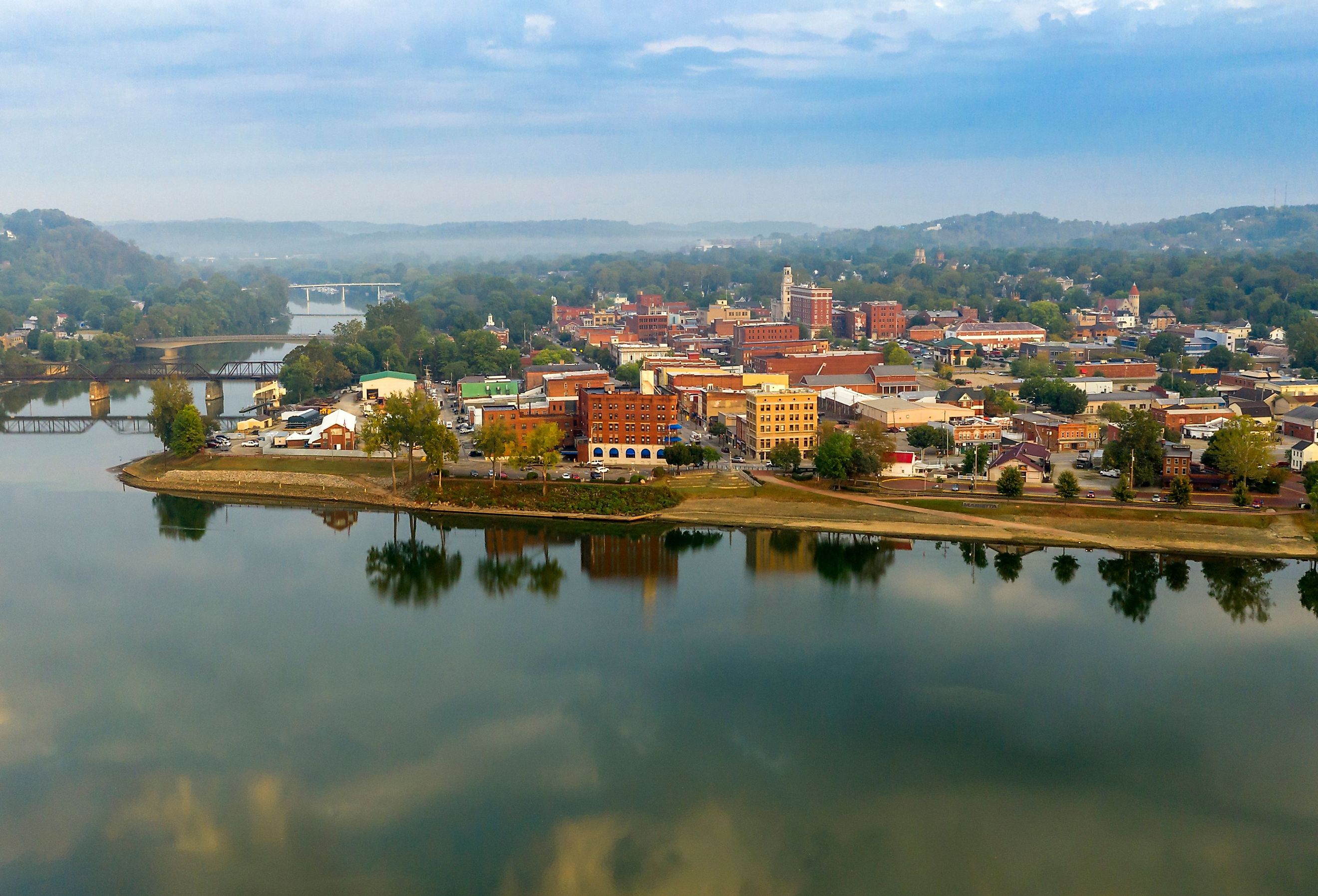
These Small Towns in Ohio Have the Best Historic Districts
As one of the most important agricultural regions in the Midwest, Ohio’s rich farming tradition has played a pivotal role in shaping the destiny of the United States. Nowhere is this felt more than in the many small towns spread across the fertile land of the “Buckeye State,” each providing a unique living record of the people, places, and events that have made Ohio what it is today. From the well-preserved Americana in areas such as Lebanon and Tipp City to the New England flavor of Granville, these towns represent the diverse heritage of Ohioans. Whether visitors are history buffs, nature enthusiasts, or art lovers, include the affluent historic districts of these attractive old towns on your Ohio travel itinerary.
Marietta
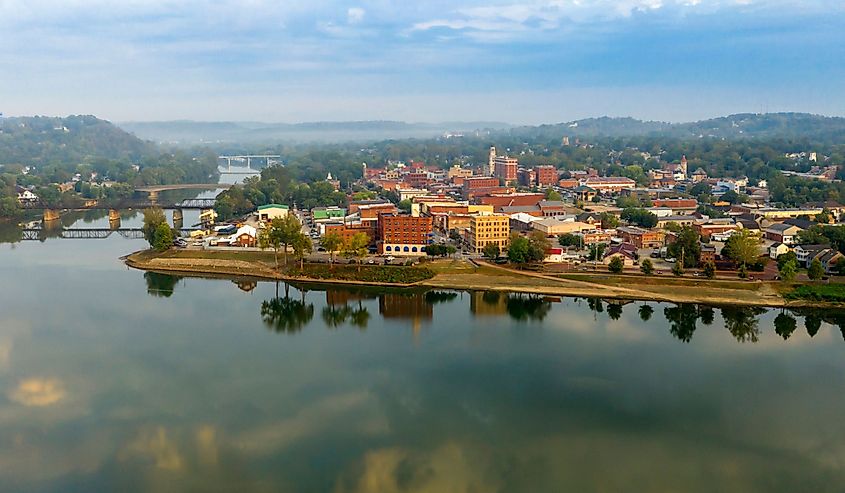
Marietta is located at the confluence of the Muskingum and Ohio Rivers and is considered one of the state’s prettiest towns for good reason. The first permanent settlement of what was then known as the Northwest Territory, Marietta, was established in 1788 and has a downtown core that would likely still be recognizable to those first residents. Standout landmarks include the famous Campus Martius Museum. Located on the site of the original fence built by the Ohio Company, the museum was built in 1928 and features exhibits chronicling the lives of the region’s early pioneers.
Another notable Marietta attraction is the Mound Cemetery. Home to the ancient Conus Mound, a remnant of the Adena Culture, it is also the final resting place for many Revolutionary War soldiers. The Ohio River Museum, situated on the banks of the river after which it’s named, offers insights into the town’s nautical history and should also be visited.
Lebanon
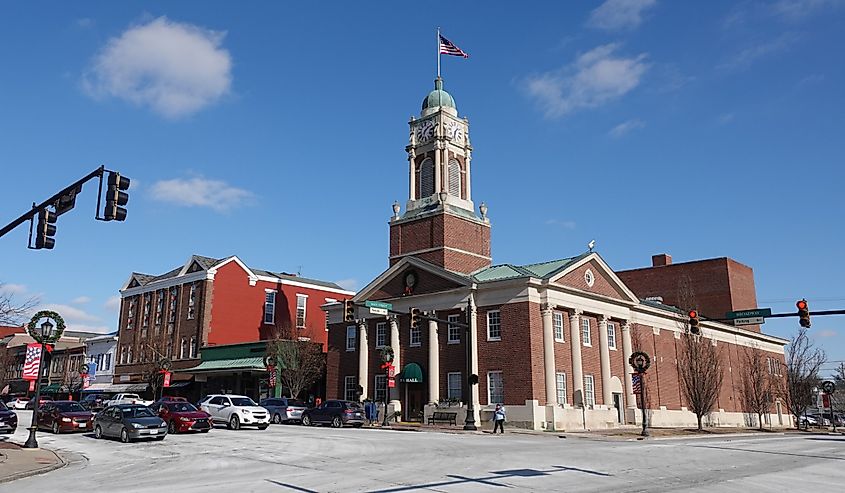
Although officially founded in 1802, the ground on which the town of Lebanon, Ohio, stands had been settled a few years earlier by pioneers looking to stake their claim after the American Revolution had settled the score with the British. Named after the Middle Eastern country for the large tracts of cedar trees that once were prolific here, the Floraville Historic District is one of the prettiest such areas in the state. It is famous for its tree-canopied streets lined with attractive 19th-century homes.
Highlights include the picturesque Glendower Historical Museum and Runyan Homestead, both very photo-worthy. One of the town's most iconic landmarks, the Golden Lamb Inn, is said to be the state's oldest continuously operating hotel and has hosted no less than 12 US presidents at various times. Visit downtown Lebanon today and witness horse-drawn carriages used to carry sightseeing tourists, an enjoyable site in the lead-up to Christmas.
Oberlin
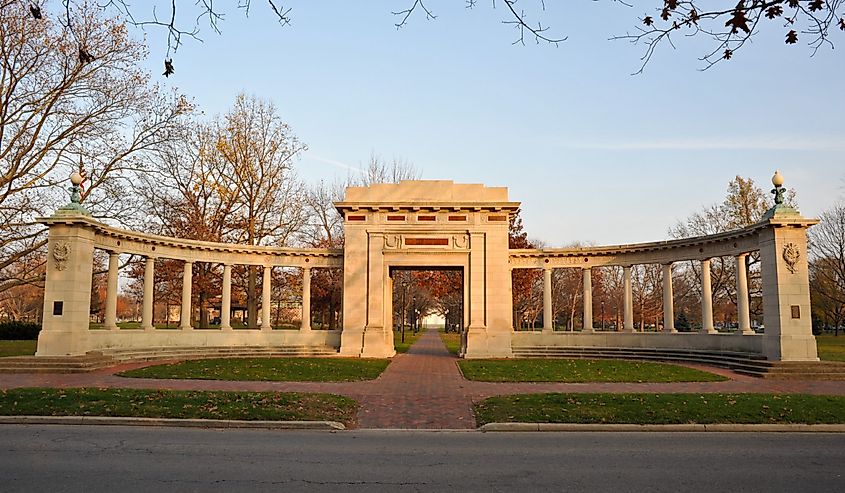
Founded by two Presbyterian ministers in 1833, Oberlin increased because it was home to the prestigious Oberlin College, established the same year. Notable as the first educational institution in the U.S. to admit black students in 1835, followed by women just two years later, tourists can visit the college's lovely grounds and museums, including the Allen Memorial Art Museum. The college's progressive attitude eventually led to Oberlin becoming an essential stop on the Underground Railroad, assisting countless enslaved individuals on their journey to freedom.
Additionally, Oberlin's historic downtown is fun to explore and consists of numerous well-preserved buildings from the 1800s that now house everything from art galleries to restaurants.
Chillicothe
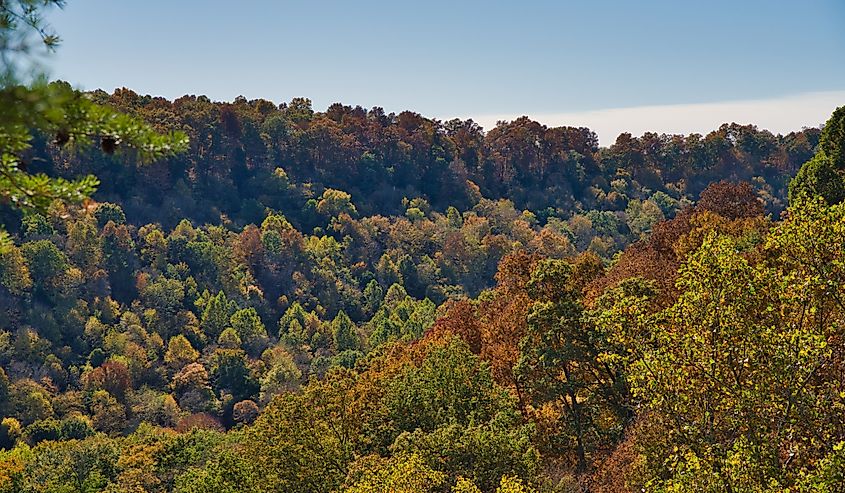
Situated along the Scioto River, pretty Chillicothe was founded in 1796 and lays claim to having been Ohio's first capital, a role it filled from 1803 to 1810 before the seat of government was moved to Columbus. Its pivotal role in the early governance of the state is commemorated by Chillicothe's well-preserved First State Capitol building in the historic downtown area.
Other noteworthy historic buildings include the Majestic Theatre, founded in 1876, and Ohio's oldest continuously operating theater. Chillicothe is also home to ancient earthworks. You’ll find these at the Hopewell Culture National Historical Park, which reveals the legacy of the Native American Hopewell culture.
Yellow Springs
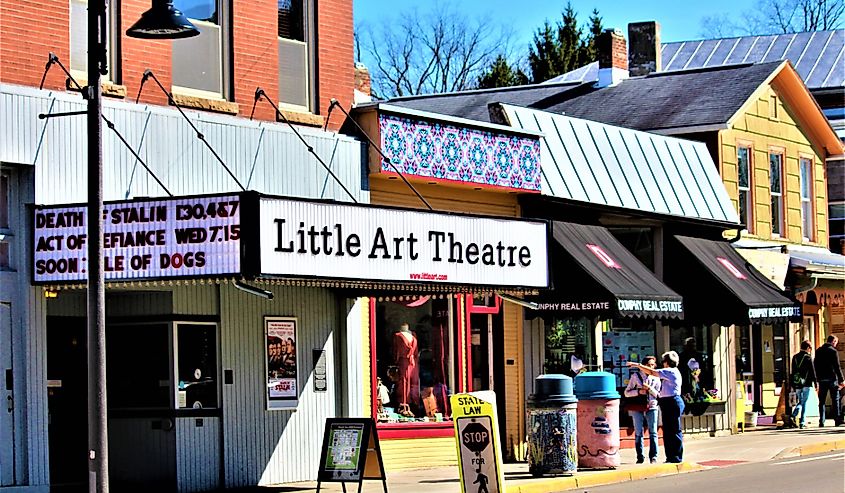
Yellow Springs Historic District encompasses much of this small Ohio town’s downtown core and is fun to explore. Established in 1804 and named after a natural spring colored by its rich iron deposits, the city has long been a destination for those seeking a fun, small-town Ohio experience.
A highlight of a visit is checking out the colorful murals adorning some of the downtown buildings, many depicting scenes from the town’s past and painted on buildings repurposed as independent bookstores, art galleries, and unique boutiques. Other highlights include Antioch College, established in the 1850s, and the nearby Glen Helen Nature Preserve, with its miles of hiking trails.
Tipp City
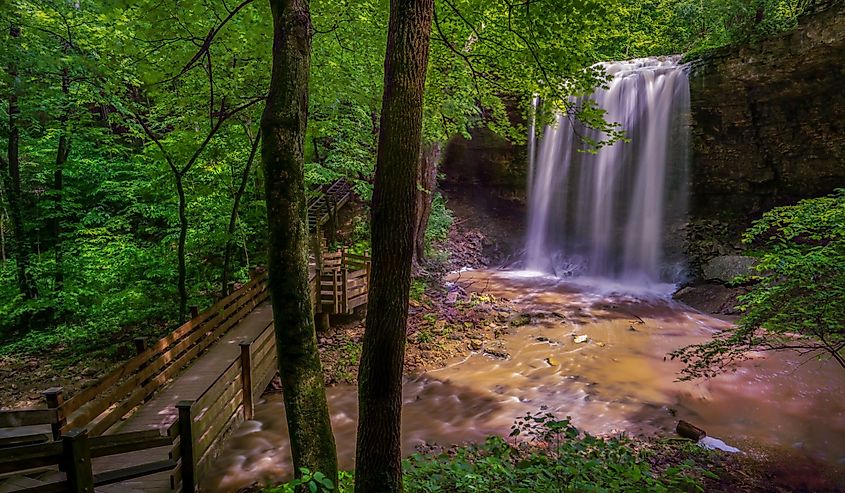
An easy 15-mile drive north of Dayton along the I-75, and you’ll wind up in Tipp City. Founded in 1840 along the Miami and Erie Canal, a major 244-mile transportation route connecting Cincinnati with Toledo, Tipp City's historic downtown area is a pretty townscape of numerous beautifully preserved 19th-century buildings. An impressive 90 of these structures have been added to the National Register of Historic Places.
You can have your camera ready for notable landmarks like the Hotel Gallery, a focal point for local artisans built as a place of accommodation in 1850. If you enjoy the outdoors, afterward, head to the Great Miami Riverway, a popular spot for outdoor enthusiasts who want activities such as kayaking, hiking, and biking. Make sure to check out Charleston Falls as well before leaving!
Granville
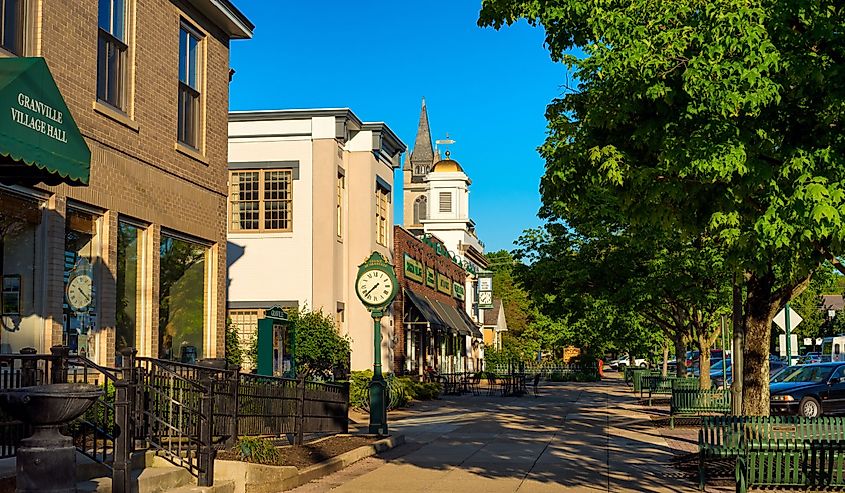
Looking like something straight out of a New England postcard, the area around Granville was initially settled by East Coasters, who were given land here in exchange for their service during the Revolutionary War with Britain. Officially established in 18065 and named by residents after Granville in Massachusetts, this village-like community features attractive tree-lined streets leading to its historic downtown with its boutiques, cafés, and craft shops.
Historic Denison University, a well-regarded liberal arts institution, has stood here since 1831, its sprawling campus open for exploration. Another significant landmark is the Granville Inn, a historic hotel with stone walls, gabled roofs, and a rich legacy.
Wooster
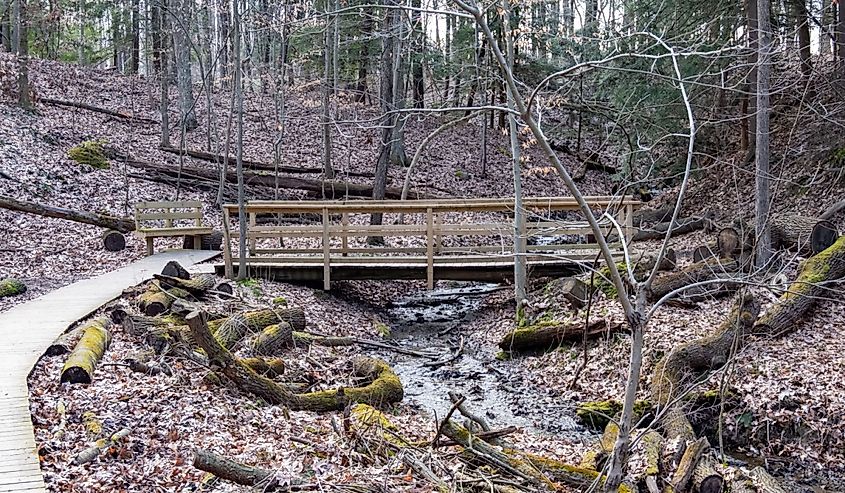
Fans of attractive small towns should include Wooster on their list of places to visit in Ohio. Located in Wayne County, just 60 miles south of Cleveland, the city was founded in 1808 and named after General David Wooster, an American hero of the Revolutionary War. You'll want to start your adventure in Wooster's Public Square Historic District, where you’ll find an extensive collection of old homes and businesses dating from the early to late 1800s.
The most outstanding, the Wayne County Courthouse, is a grand structure that dominates the downtown core. Wooster hosts many exciting events, notably the popular Wooster Arts Jazz Fest. It’s also home to the College of Wooster with its picturesque campus.
The Final Word
Ohio boasts many small towns with rich histories and beautiful architecture, much of it set in well-preserved historic districts maintained by enthusiastic local citizens and business owners. Best of all, these picturesque small towns offer unique opportunities for adventurous travelers to experience an authentic slice of life in Ohio. I'd like you to please read this list of the best Ohio towns with historic districts for ideas and inspiration.
